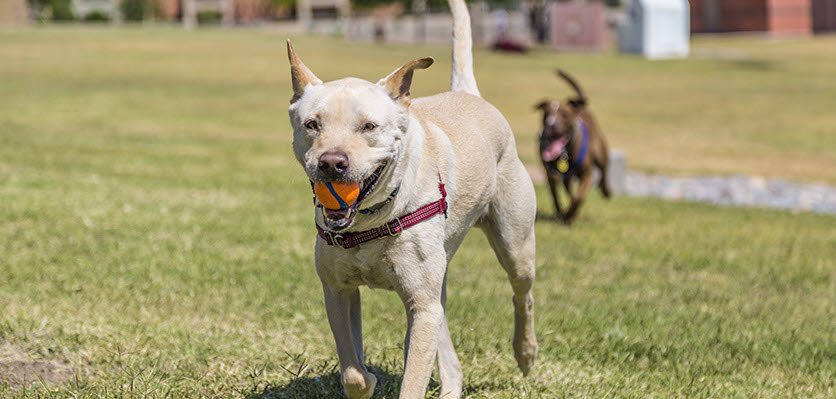
Puppies and learning
From a very early age puppies learn how to inhibit their bite while playing roughly with littermates: if one puppy bites too hard, the other puppy will warn the biter to back off or play stops and that is no fun for either puppy!
Puppies usually go to a new home when they are about 8 weeks old, which is during the developmental period at which time they are most sensitive to learning social cues and they learn about the species with whom they should feel safe around. Learning about social interactions is most easy for pups in that period, which lasts from 3-12 weeks of age. During those weeks of development, it is important that the pup has opportunities for social learning, but that carers (ie the pup’s owners) help the pup if the social situation is overwhelming. When given the opportunity to explore and meet others, owners can watch for signs that the pup is curious and wants to learn. Owners should monitor the pup to see that the pup enjoys the experience. A pup may be wary but should show signs that he/she is learning that normal social situations are not threatening. Owners will see the pup relax and become happier to interact as they learn they are safe. Having one-on-one play dates with older dogs who like playing with puppies can provide a puppy with a way of learning dog communication from different individuals other than his/her mother and littermates.
Dog play
When dogs play, it can look very rough, but if they are both happy to go back to each other and their body language is loose, they can learn important social lessons.
If you learn what to watch out for, it can make a trip to the park a much more pleasant affair. It is important to be able to recognise when things are getting out of hand and when it’s time to separate the dogs. Learning what is normal play behaviour is a good place to start.
Dogs have signals to let each other know that “what follows is play.” If a dog does not learn the body language cues expressed by other dogs, there is the risk a dog may feel anxious or conflicted during social interactions with other dogs. A dog may worry about whether it is play or whether the interaction is threatening for them. When a dog becomes anxious about the possibility that they are being threatened, they often ask for space. Sometimes aggression is needed to ask for space.
Dog-to-dog play should be enjoyed by both participants for the entire play session. During play, each individual will have loose body language and the play occurs in both directions; in other words, it is not one dog who does all the chasing or jumping on the other dog. There can be loud barking and variable pitch growling. The behaviours can look over-the-top and uninhibited.
Play involves frequent brief separations of body contact with each participant checking in with the other that they are still willing to play. Before returning to another play bout, a person may sometimes see one participant signal to the other with a visual play signal, such as a play bow. Such signalling informs the receiver, “Everything that I’m about to do is play!” Play communication allows both participants to be vulnerable without feeling threatened.
Behaviours you may see when dogs are playing
- The play bow: bowing down with their bottom in the air and elbows almost to the ground, even slapping their front legs on the ground in anticipation of a play
- Barking or play growling
- Loose body posture and facial expression: your dog will look happy
- Taking turns – this is a good indication of play and dogs may play a form of tag and take it in turns to chase one another
Some dogs can play well together for long periods. Some dogs will only play for short periods and then signal that they want to be left alone.
How to recognise aggressive behaviour
When a dog cannot escape and feels threatened, aggression can occur. Aggression is a means for the dog to gain space from the other dog. If an individual cannot gain space using avoidance, the only way the harrassed dog can gain space from the other dog is to give threats. Eventually bites occur if the harassed dog is not given the space he/she needs.
As an owner, if you see that your dog does not understand when another dog wants to be left alone, you should call your dog away so the other dog does not feel harrassed. A common example of when this happens is when puppies are trying to play with an older dog. The older dog may have reduced stamina or undiagnosed pain that affects willingness to continue play. If in pain, a dog may feel more vulnerable and it could hurt when play is exuberant. With a decreased tolerance due to pain, a dog is more likely to use aggression.
Some signs of dog aggression include:
- Raised hackles
- Stiffness of the body and tense facial expression
- Staring at the other dog
- Snapping or lunging
- Low pitch growling and/or barking
- Lifting the front lip to display the front teeth and canine teeth
- Penetrating the skin of the other individual with teeth or claws
You should call your dog away and give the dog a treat for returning to you as soon as you see any sign of aggression. Intervening before the aggression escalates to physical fighting is advised. If a fight occurs, there is a physical danger to any dog in the fight and also any person nearby. People who try to break up dog fights often get bitten.
People caring for dogs must recognise their dog’s communication and understand when a dog needs space, so that the dog does not use aggression. All dogs may use aggression at any time in their life. Aggression is one of their many tools of gaining space from other individuals who they perceive as threatening or who are not heeding their signals for personal space.
Aggression is not dictated by breed and even the most placid and friendly dog may use aggression, depending on the situation. The AVA has a saying, “deed not breed”, which aims to increase public awareness that when aggression occurs, we need to investigate the history of the dog and the situation in which aggression was used, rather than assuming that the breed of the dog led to an aggressive incident.
My dog uses aggression when there is no real threat
As described in this article, aggression can be a normal behaviour in response to a threatening situation.
Some dogs find non-threatening situations challenging and use aggression when it is not needed, and this is actually more dangerous. Such problems are medical issues because they indicate that a dog is not learning that the environment is safe. Aggression is therefore not a training issue. Training a dog requires the dog to learn and dogs who are showing aggression have severe deficiencies in learning. It is not due to breed or and it is not because a dog is trying to be dominant.
When a veterinarian is presented with a dog who has shown aggression, diagnostic work-up will be advised. Consultation with dogs who show aggression aims to identify whether aggression is normal or abnormal, investigate the underlying causes for the aggression, reach a behavioural diagnosis and formulate a targetted management plan. Management helps owners understand their dog’s behaviour and learn the appropriate intervention methods that can improve safety and dog welfare.
Punishment should never be used when a dog shows aggression. Any immediate reduction in aggressive behaviour achieved through the use of punishment is likely to result in more dangerous aggression long term.
If you have any questions about your dog’s behaviour, your veterinarian is the best person to ask.
Important points from this article:
- Pups need to learn normal social cues when they are under 12 weeks of age. Pups should have opportunity to learn from other dogs. Owners should monitor the social interactions to see that their pup has loose body language, is testing him/herself and learning. The situation should become more fun as he/she learns there is no threat and it is an enjoyable experience.
- Play should be two-way with each dog doing the chasing. A dog who is always being chased or is hiding is probably not enjoying the interaction.
- If a dog needs to get away from another dog but cannot, aggression may be needed for the dog to gain escape from the perceived threat of the other dog. Owners should monitor dog-dog interactions and call a dog away if one of the dogs playing is trying to move away or not engaging enthusiastically.
- Aggression is not due to a dog’s breed. Aggression occurs dependent on the situation the dog is in at the time aggression is used. Such situations, if recognised, should be avoided.
- If your dog uses aggression, you should ask your veterinarian for advice.
